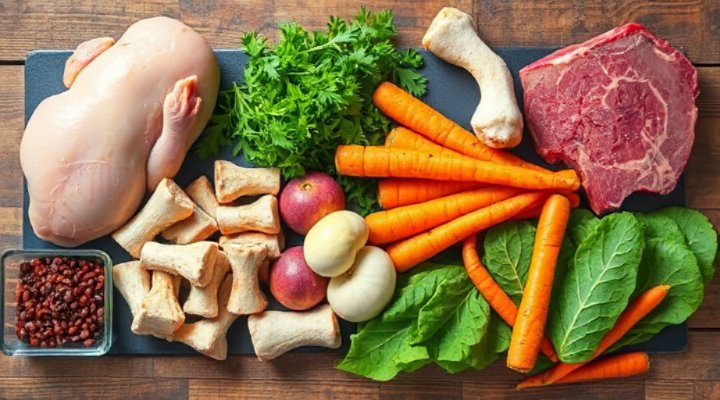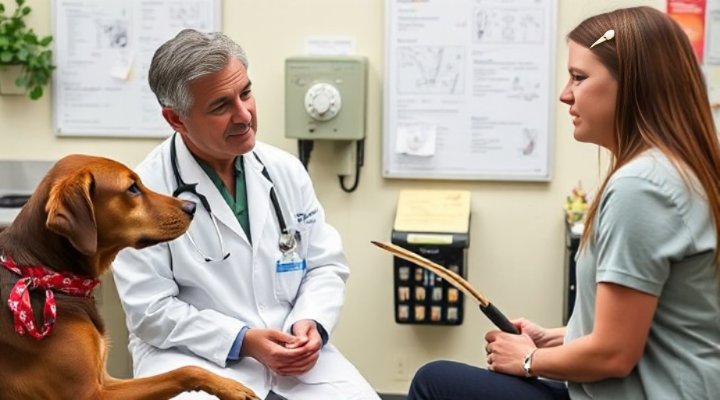Transitioning your dog to a raw food diet can be one of the most rewarding decisions you make for their health. However, it’s crucial to approach this change with proper knowledge and preparation. Let’s explore everything you need to know about raw food diet for dogs.
What Is a Raw Food Diet for Dogs?
A raw food diet for dogs, often called BARF (Biologically Appropriate Raw Food), consists primarily of uncooked meat, bones, and organs. This approach aims to mimic what dogs would eat in the wild, before commercial pet food existed. Proponents believe it leads to shinier coats, healthier skin, cleaner teeth, and higher energy levels.

Benefits of Raw Food Diet for Dogs
Many pet owners report significant improvements in their dogs’ health after switching to raw food. Some potential benefits include:
- Improved digestion and smaller stools
- Healthier skin and shinier coat
- Increased energy levels
- Better dental health
- Reduced allergy symptoms
However, it’s important to note that scientific research on raw diets is still limited. The American Veterinary Medical Association recommends caution when feeding raw diets due to potential bacterial risks.

How to Safely Transition to Raw Food
Switching your dog to a raw food diet should be done gradually to avoid digestive upset. Here’s a recommended transition schedule:
- Week 1: Replace 25% of their current food with raw food
- Week 2: Increase to 50% raw food
- Week 3: Move to 75% raw food
- Week 4: Fully transition to 100% raw food
During this transition, monitor your dog’s stool and energy levels closely. If you notice any digestive issues, slow down the transition process. For more tips on sensitive stomachs, check our guide on Natural Balance Dog Food for Sensitive Stomachs.

Creating a Balanced Raw Diet
A proper raw food diet for dogs should include:
- Muscle meat: 70-80% of the diet (chicken, beef, turkey, etc.)
- Bones: 10% (always raw, never cooked)
- Organs: 10% (half should be liver)
- Vegetables/fruits: 10% (optional but beneficial)
Remember that balance over time is more important than perfect balance in every meal. For dogs with allergies, you might find our article on Best Dog Food for Allergies helpful.

Common Concerns About Raw Feeding
Many new raw feeders have legitimate concerns. Let’s address some common ones:
Bacterial Contamination
While raw meat can contain bacteria, dogs’ digestive systems are designed to handle it. Proper handling and storage minimize risks for both pets and humans.
Nutritional Balance
With proper variety and supplements when needed, raw diets can be nutritionally complete. Consider consulting with a veterinary nutritionist, especially if making homemade meals.
Cost
While premium raw foods can be expensive, many owners find ways to make it affordable through bulk purchasing and careful planning. Our guide on Wet Dog Food vs Dry Dog Food compares cost factors.

Final Thoughts
A raw food diet for dogs can offer numerous health benefits when done correctly. However, it requires commitment, education, and careful monitoring. Whether you choose commercial raw food or prepare meals at home, the key is providing variety and balance.
For more detailed information, the FDA’s guidelines on raw pet food provide valuable safety information.
Related Keywords: raw dog food recipes, homemade raw dog food, BARF diet for dogs, benefits of raw feeding, transitioning to raw food, balanced raw diet for dogs

